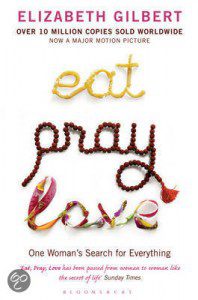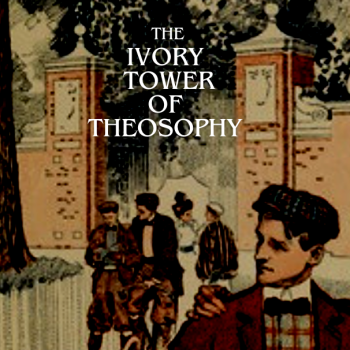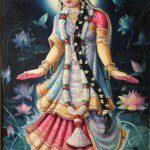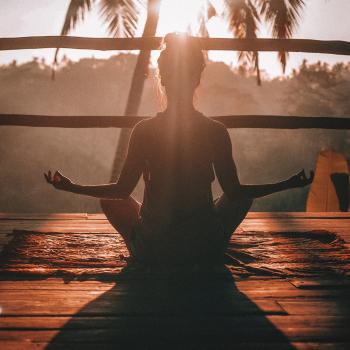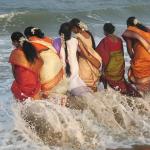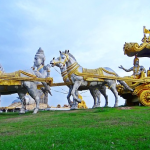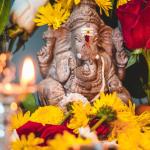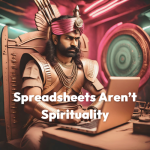The second book in our book club series is Eat, Pray Love. Is it a Hindu book? Not exactly, but it is very relevant to the experiences of non-Indian Hindus. The author has a Hindu guru (whose identity has been rather easily found out by those familiar with the world of Indian gurus). Julia Roberts after playing the author in the movie, claimed to have become a Hindu. So I think it will be worthwhile to examine the experiences and stories that led these women towards Hinduism…
Bead 37
I’m so glad we’re finally at the India portion of the book. Naturally this is my favorite part!
Gilbert arrives at the ashram of her guru in the middle of the night and joins in with the super early morning prayers. She speaks about a Sanskrit hymn that she called the “Amazing Grace of Sanskrit” and her favorite devotional song which ends with The Perfect Prayer. She gives a few of the lines as “I adore the cause of the universe…I adore the one whose eyes are the sun, the moon and fire..you are everything to me.” Despite this info, I haven’t been able to find the song on Youtube. Anyone know what it is?
Apparently her mantra is Om Namah Shivaya, which is actually the one I’ve been using recently. She translates it as “I honor the divinity that resides within me.” And well, I guess? If you’re real liberal with interpretations it kind of means that. Literally it means “I bow to Shiva.” But Shiva is God and God is within as well as without ourselves so I guess her translation works.
Her description of mediating after four months away is lovely: “It’s not so much that I’m meditating as unpacking the mantra carefully, the way you would unpack your grandmother’s best china if it had been stored in a box for a long time, unused.”
Bead 38
Gilbert explains a little about the real meaning of the word “Yoga” (and here she’s spot on). It does get a little under my skin when she says that Yoga is not synonymous with Hinduism. I don’t know if you really should be using yoga to get closer to Jesus. I think if one is going to practice yoga, whether hatha yoga or less physical forms of yoga, one should acknowledge the source, which is Hindu sages. Hatha yoga and other types of yoga came out of Hindu thought and I don’t think it’s right to grab some poses, change their names, and say that it’s “Yoga for Christians.” Then again I suppose I’d be okay with people using yoga to become closer to Jesus if they weren’t the same people who tell Hindus that their Gods are demons and that they’re going to hell. No that’s some BS. Take what you like from Hinduism and then call it evil.
But anyway, I’m getting off track. That’s not what she’s talking about here.
She has a line in this section that I really love: “The Yogic path is about disentangling the built-in glitches of the human condition, which I’m going to over-simply define here as the heartbreaking inability to sustain contentment.” She then talks about how different religions explain why humans are so unhappy. “The Yogis, however, say that human discontentment is a simple case of mistaken identity.” We think we are the suffering being and haven’t realized that we’re really the deeper divine within us that is always at peace.
Really Bead 38 is worth reading all on its own. It beautifully describes the Hindu way of thought.
She also speaks about what it means to have a guru and acknowledges that there is some uncomfortableness in the west around that concept: “We have a kind of sketchy recent history with it. In the 1970s a number of wealthy, eager, susceptible young Western seekers collided with a handful of charismatic but dubious Indian Gurus.” But that history does not diminish the truth to be found from authentic gurus!
Seriously: if you aren’t yet sure if you want to read this book, go to a library or a bookstore and just read Bead 38. It will tell you all you need to know about this story!
Bead 39
This section goes into details about the ashram: who stays there, what it’s like, the surrounding area. It is outside Mumbai and to stay there you have to apply for a residency. Gilbert likens it to a spiritual university.


